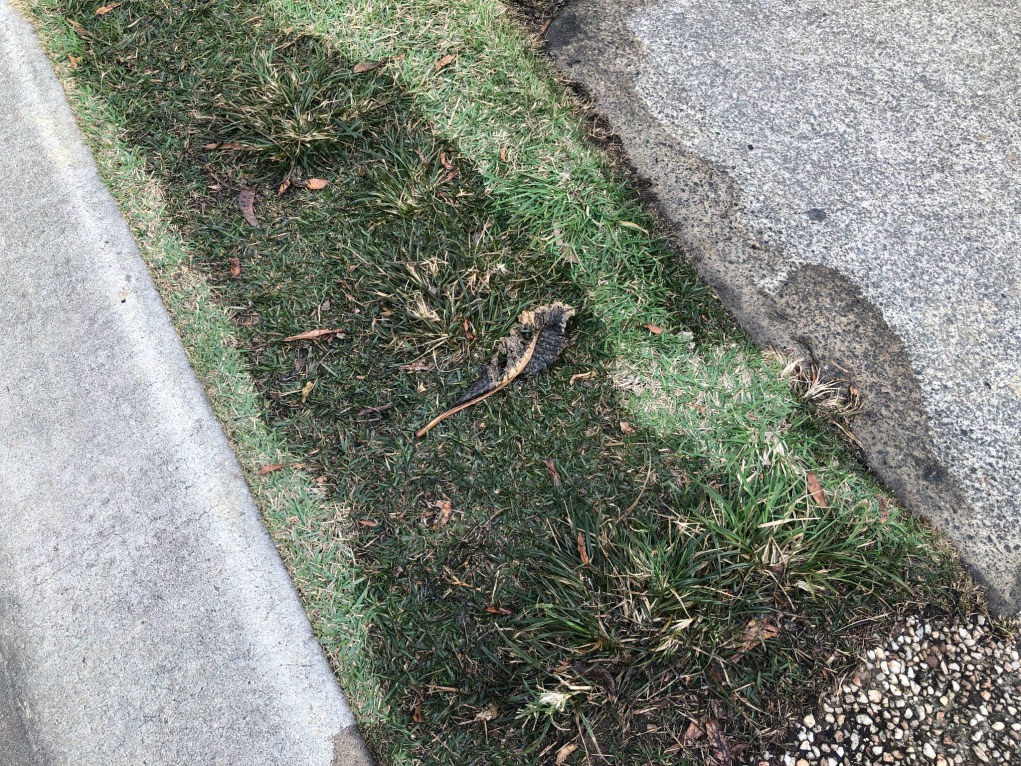The content following next relating to Top leak detection hacks is particularly enlightening. You should check it out.

Early detection of dripping water lines can minimize a potential disaster. Apart from saving you cash, it will reduce the worry as well as frustration. The moment you locate a leak, calling your plumber for repairs is the very best option. Nevertheless, some little water leakages may not show up. Below are some hacks that aid if you can not detect it with your naked eyes.
1. Take A Look At the Water Meter
Checking it is a surefire way that assists you find leaks. If it relocates, that suggests a fast-moving leakage. This suggests you may have a slow-moving leak that could also be below ground.
2. Examine Water Usage
If you detect unexpected adjustments, regardless of your consumption being the exact same, it suggests that you have leaks in your plumbing system. An unexpected spike in your costs suggests a fast-moving leakage.
A steady rise every month, even with the same behaviors, reveals you have a sluggish leak that's also slowly intensifying. Call a plumber to completely check your home, specifically if you feel a cozy location on your flooring with piping underneath.
3. Do a Food Coloring Test
When it concerns water consumption, 30% comes from commodes. Examination to see if they are running correctly. Drop specks of food color in the container as well as wait 10 minutes. If the color in some way infiltrates your bowl throughout that time without flushing, there's a leak between the tank and dish.
4. Asses Exterior Lines
Do not forget to check your outside water lines as well. Ought to water seep out of the link, you have a loose rubber gasket. One tiny leakage can lose lots of water and increase your water expense.
5. Examine the scenario as well as examine
Property owners must make it a behavior to examine under the sink counters and also inside cabinets for any type of bad odor or mold and mildew development. These 2 red flags suggest a leak so prompt interest is needed. Doing regular assessments, even bi-annually, can conserve you from a major problem.
Examine for stainings as well as compromising as most pipelines as well as devices have a life span. If you think leaking water lines in your plumbing system, do not wait for it to rise.
Early discovery of dripping water lines can reduce a potential calamity. Some tiny water leakages may not be noticeable. Checking it is a guaranteed means that helps you find leaks. One little leakage can squander loads of water as well as surge your water expense.
If you suspect dripping water lines in your plumbing system, do not wait for it to rise.
WARNING SIGNS OF WATER LEAKAGE BEHIND THE WALL
PERSISTENT MUSTY ODORS
As water slowly drips from a leaky pipe inside the wall, flooring and sheetrock stay damp and develop an odor similar to wet cardboard. It generates a musty smell that can help you find hidden leaks.
MOLD IN UNUSUAL AREAS
Mold usually grows in wet areas like kitchens, baths and laundry rooms. If you spot the stuff on walls or baseboards in other rooms of the house, it’s a good indicator of undetected water leaks.
STAINS THAT GROW
When mold thrives around a leaky pipe, it sometimes takes hold on the inside surface of the affected wall. A growing stain on otherwise clean sheetrock is often your sign of a hidden plumbing problem.
PEELING OR BUBBLING WALLPAPER / PAINT
This clue is easy to miss in rooms that don’t get much use. When you see wallpaper separating along seams or paint bubbling or flaking off the wall, blame sheetrock that stays wet because of an undetected leak.
BUCKLED CEILINGS AND STAINED FLOORS
If ceilings or floors in bathrooms, kitchens or laundry areas develop structural problems, don’t rule out constant damp inside the walls. Wet sheetrock can affect adjacent framing, flooring and ceilings.
https://www.servicemasterbyzaba.com/blog/how-to-detect-water-leakage-in-walls/

As a keen person who reads about Top leak detection hacks, I was thinking sharing that piece of content was sensible. Sharing is nice. Helping people is fun. I enjoy reading our article about Locating water leaks.